The Allure of The Royal Wedding Throughout History
- Rebecca Marín Shepherd

- Jun 1, 2019
- 2 min read

This story is featured on Over the Moon, the sweetest wedding website created by my former editors at Vogue, Alexandra Macon and Andee Olson.
We love a royal wedding—haven’t you noticed? Royal weddings have been national celebrations for generations. Perhaps it’s the Chantilly lace, the lavish 25-foot trains, or the cascading lily of the valley that evokes an enchanting reimagining of our favorite fairy tale. And amidst all of the pomp and circumstance, there are certain rules that are supposed to be followed. One being that their gown must speak of its time, rather than being timeless.
Some royal brides, however, choose to ignore whatever style is de rigueur. It was Queen Victoria, who in 1840, wore white on her wedding day when color was considered the norm. The world then followed suit and white became convention.
Almost a century later in 1937, Wallis Simpson’s wedding to Prince Edward, the Duke of Windsor, was considered scandalous. Not only because the Duke had abdicated his throne to marry the woman he loved, but because Simpson (an American divorcée) went against grandeur tradition and donned an austere dress and chapeau in “Wallis Blue.” The dress resides in the Costume Institute of the Metropolitan Museum of Art today.
In 1947, Queen Elizabeth II’s couturier Norman Hartnell named Botticelli’s “Primavera” painting as the inspiration for the elaborate embroidered florals on the then-Princess’s ivory satin dress. Later in 1960, Hartnell designed an hourglass ball-gown silhouette with acres of unadorned, white organza for Elizabeth’s sister, Princess Margaret. Vogue dubbed her, “a new princess.” Hartnell was later knighted for his work in creating both gowns.
From Grace Kelly, Princess of Monaco’s magnificent headdress to Lady Diana’s mille feuille, we’ve take a look back at the evolution of royal bridal looks.

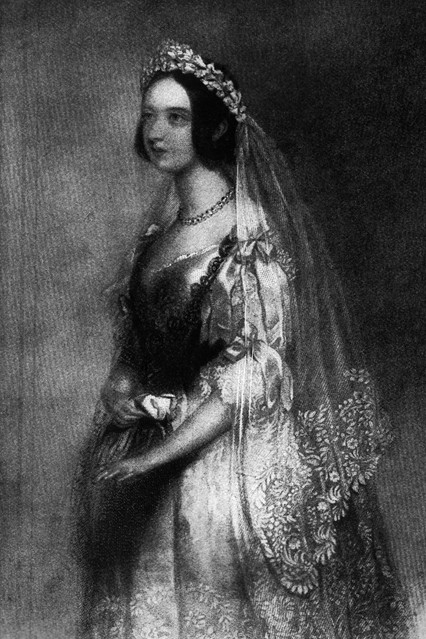

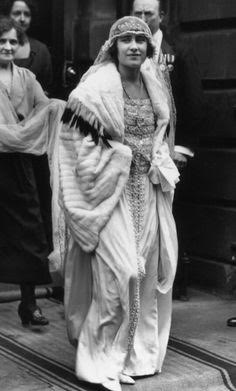

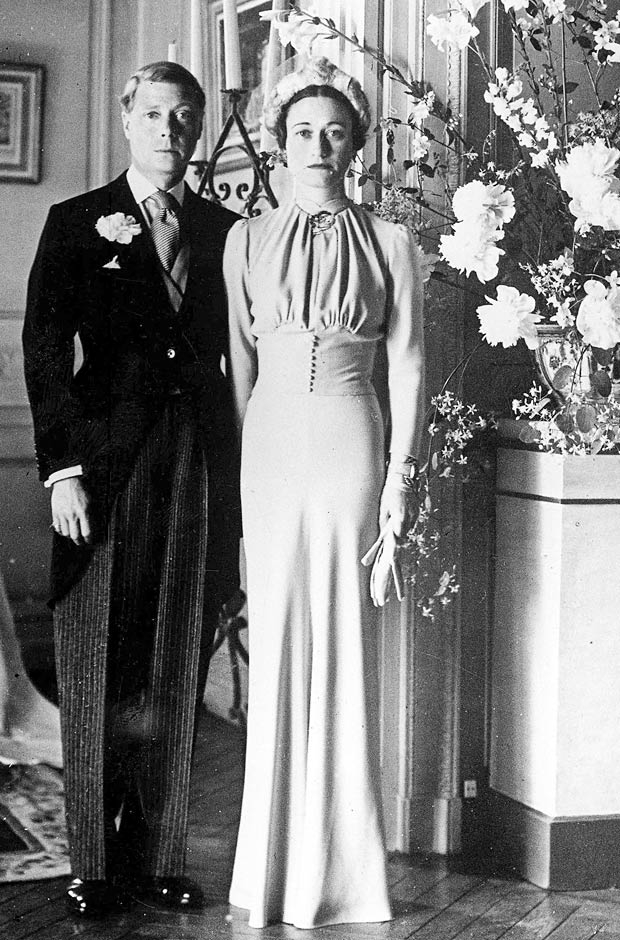

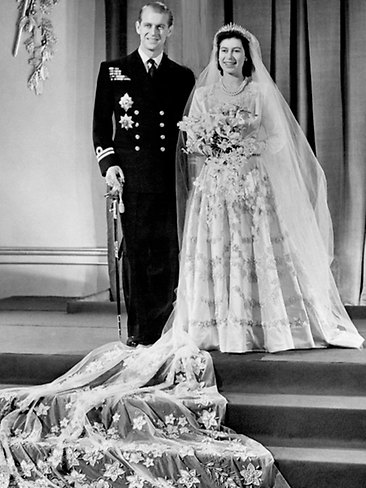

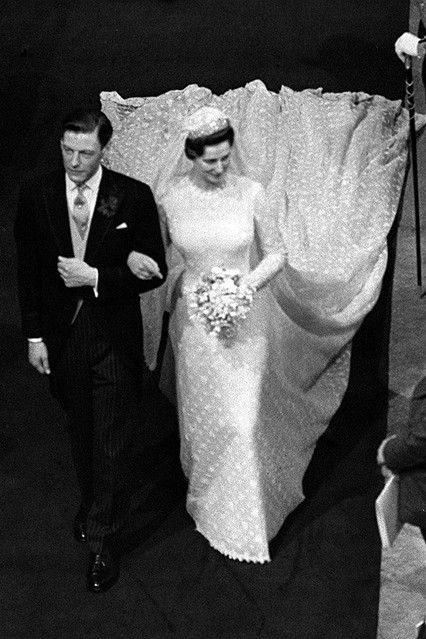

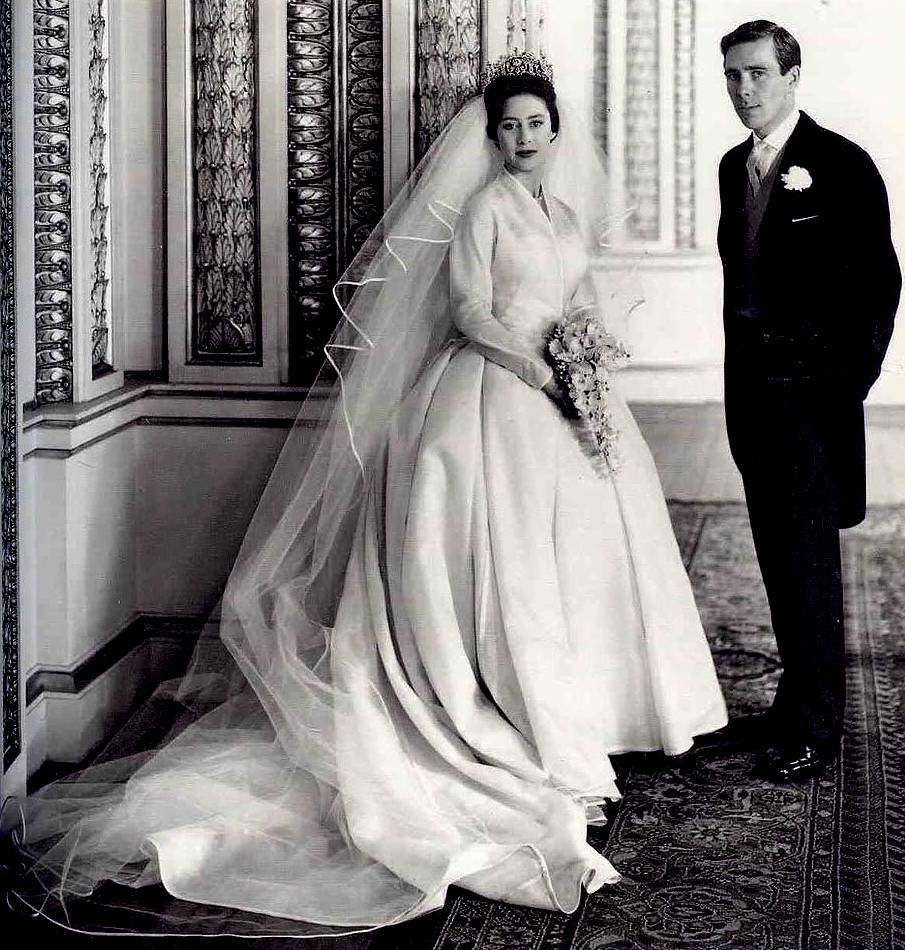

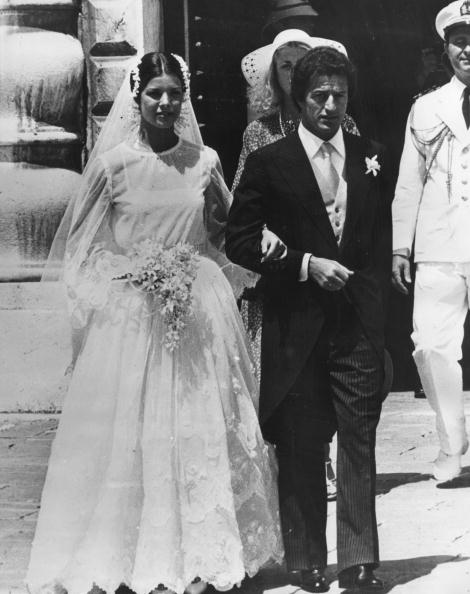



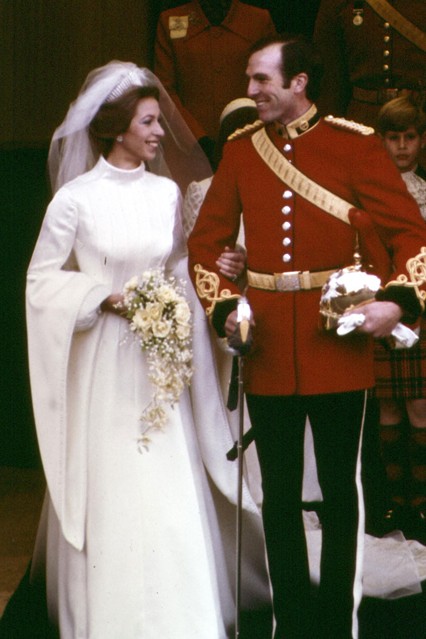

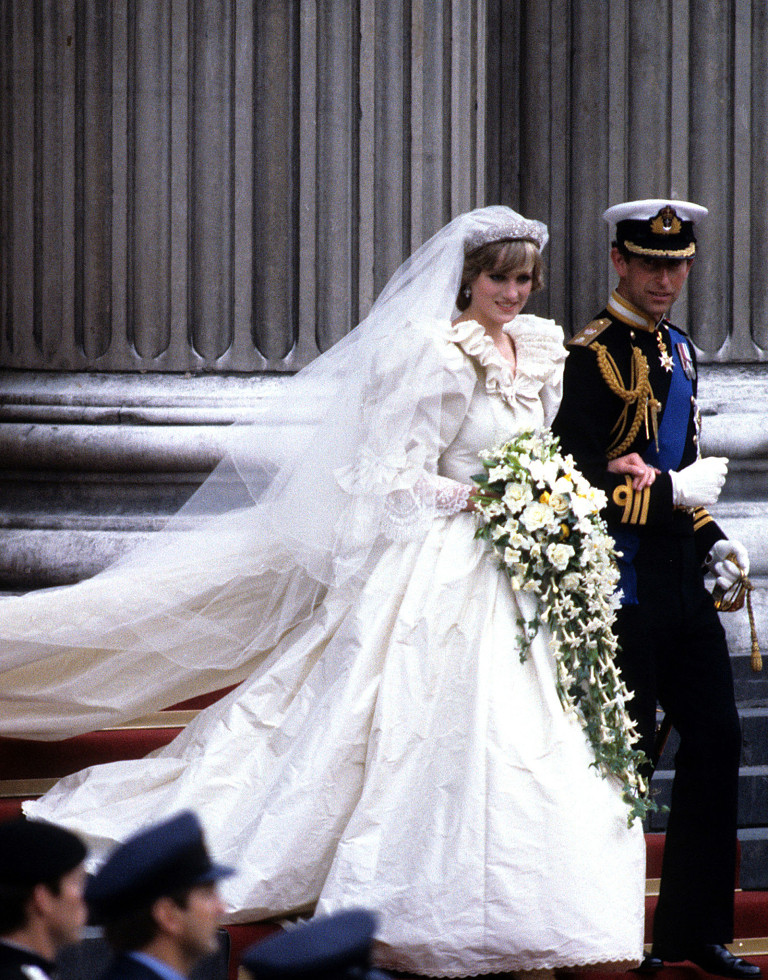

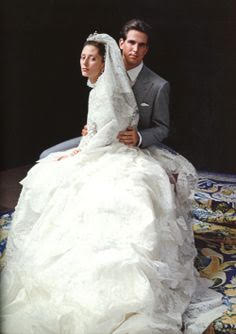



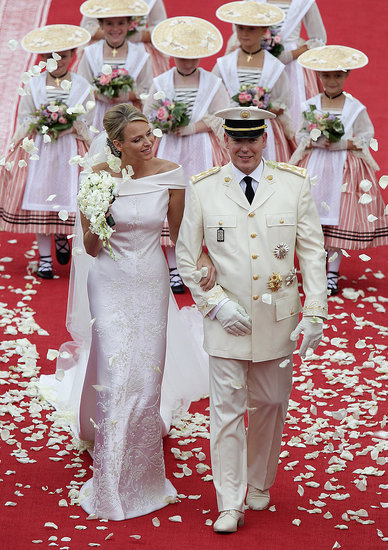



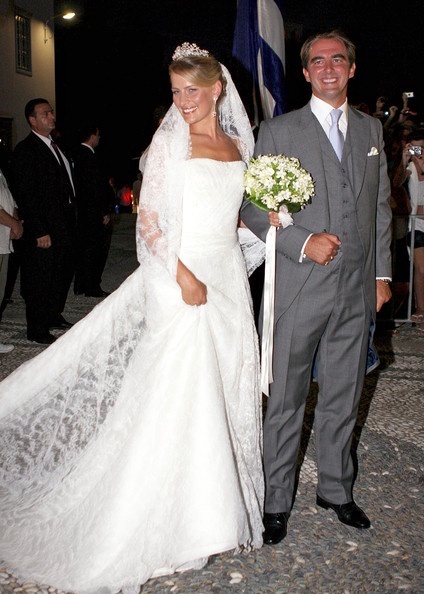



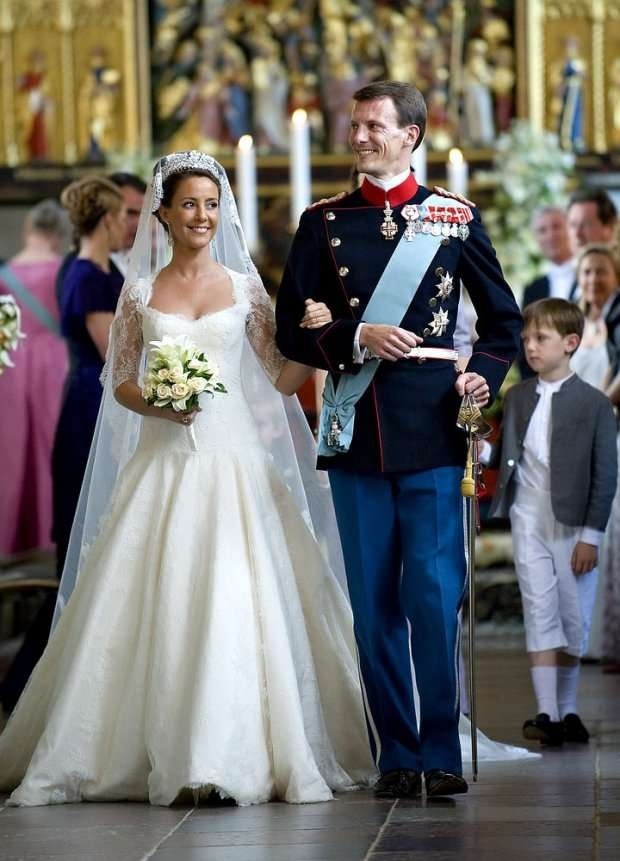

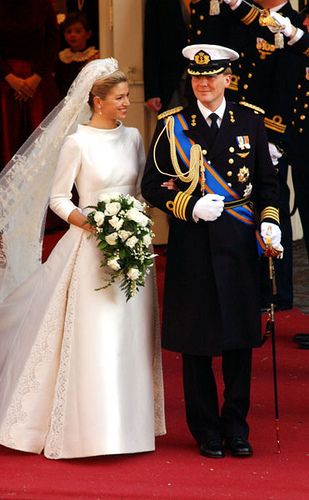

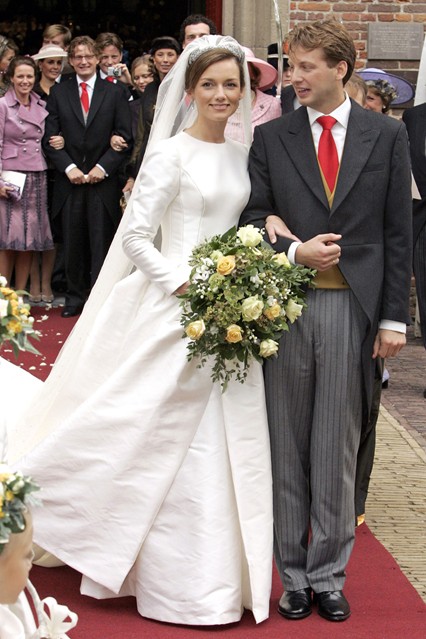



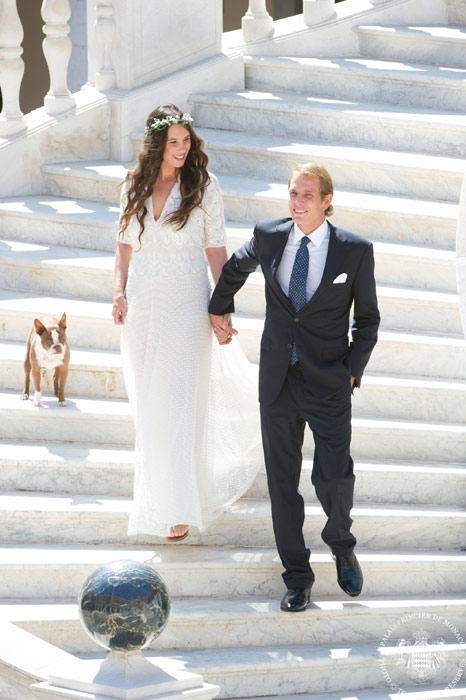



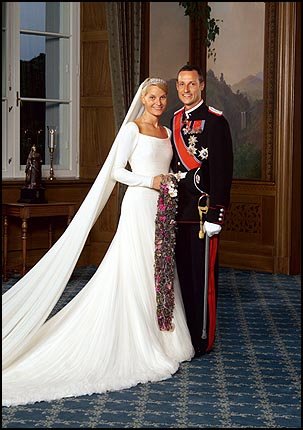
























Comments